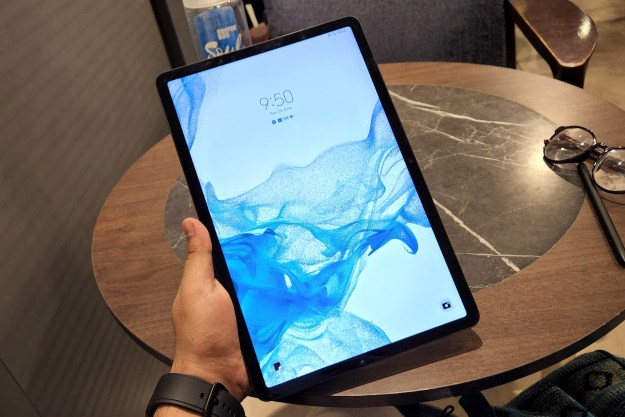The storage capacity available in iCloud is underwhelming to say the least. The service provides a mere 5GB of free space, which doesn’t go far if you intend to back up all of your data, photos, documents, and mail to the cloud. You can pay a small fee to increase the amount of storage available to you — $1 a month nets you 50GB of additional space — but there’s a much better alternative for those willing to part ways with Apple’s apt-titled offering.
While cool on the surface — iCloud allows you to back up and access photos you take on your iPhone across multiple devices — the service’s Photo Library facet ends up eating a ton of your iCloud storage space. Google Photos, on the other hand, allows you to back up unlimited numbers of photos at no extra cost. All you need is a Google account, which you can make for free if you don’t already have one.
Not only is Google Photos free to use, but it allows you to access photos across a wide range of devices, not just Apple ones. Moving all your photos from your smartphone to Google Photos will also free up space on your device, letting you reserve iCloud for your contacts and other info. Google Photos can also be used through iMessage, making it nearly identical to the Apple version.
Getting Google Photos
To start using Google Photos on your iPhone or iPad, first download the app from the App Store. Once installed, launch the app and tap the three horizontal lines in the upper-left corner. Afterward, tap the gear icon, select Back up & sync, and toggle the first slider.
Once done, you will be given the option to select the resolution you want to store your photos at. “High quality” will allow you to store an unlimited number of 16-megapixel photos and 1080p videos. “Original,” or “full resolution,” will retain the original resolution and quality of your photos, but you will only be allowed to store up to 15GB of data before you have to pay to expand your storage.
However, if you are only storing photos you’ve taken on your iPhone, it doesn’t make sense to store them at full resolution. While that might seem like the only way to get high-def images, the high-quality option includes anything up to 16 megapixels in size. The cameras on all new iPhones — including both the iPhone X and the iPhone 8 — can only produce 12-megapixel stills. So unless you’ve already expanded your Google storage or want to store photos from other sources, you can store all of your high-quality photos from your iPhone for free with Google Photos.
Backing up your photos
Once you’ve backed up your first round of photos, you can change the settings in the app to determine how often or under what circumstances you want the app to continue backing up your photos. By default, the app is automatically set up to back up your photos over Wi-Fi, but you can change it to use cellular data as well. Once you’ve uploaded your photos, you can access them in your favorite browser or using the app on another device.
If you’re looking to further distance yourself from Apple’s cloud-based service, you can also turn off the iCloud Photo Library completely. To do so, launch the Settings app on your iPhone or iPad and select iCloud. Then, tap Photos and toggle each slider off.
You can also remove your photos by going to Manage Storage > Photos > Disable & Delete. Read the brief disclaimer, click through, and viola! You can now revert to the free version of iCloud, because you have accessible, free cloud storage!
David Cogen — a regular contributor here at Digital Trends — runs TheUnlockr.com, a popular tech blog that focuses on tech news, tips and tricks, and the latest tech. You can also find him over at Twitter discussing the latest tech trends.
Editors' Recommendations
- Carriers are, unsurprisingly, blocking Apple’s iCloud Private Relay feature
- Google Photos now lets you print and pick up photos at a local CVS and Walmart


